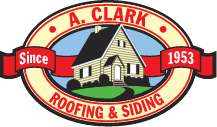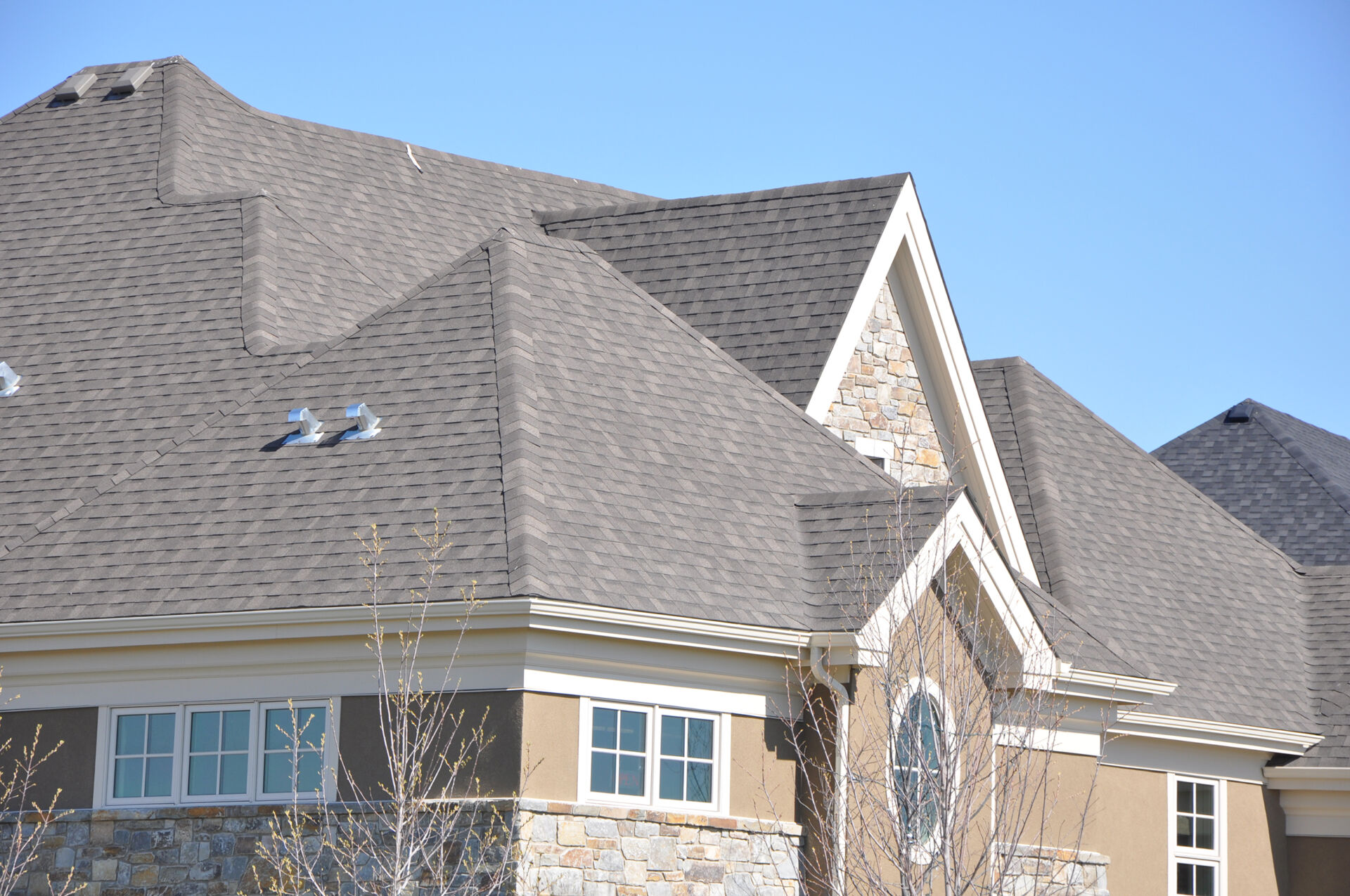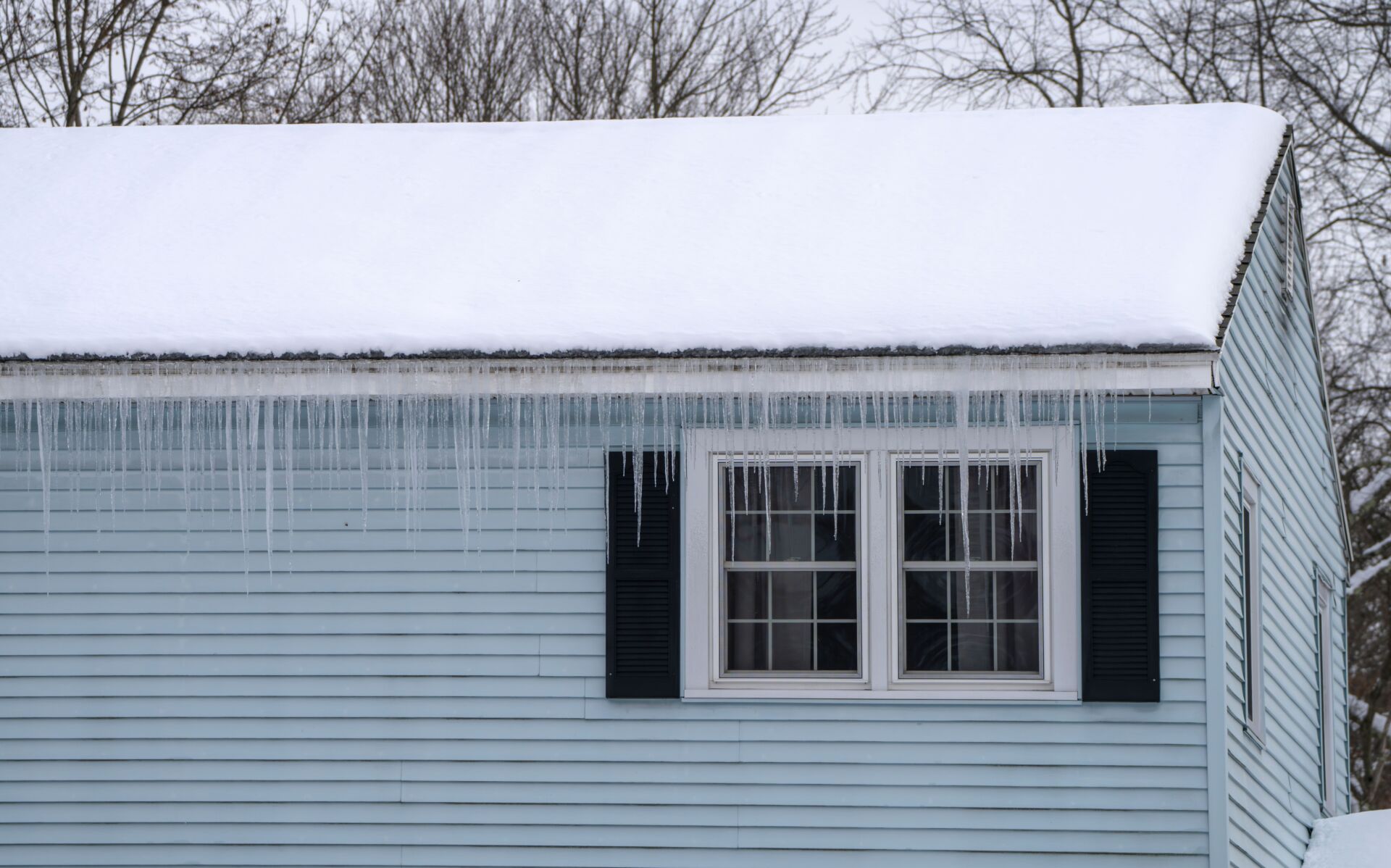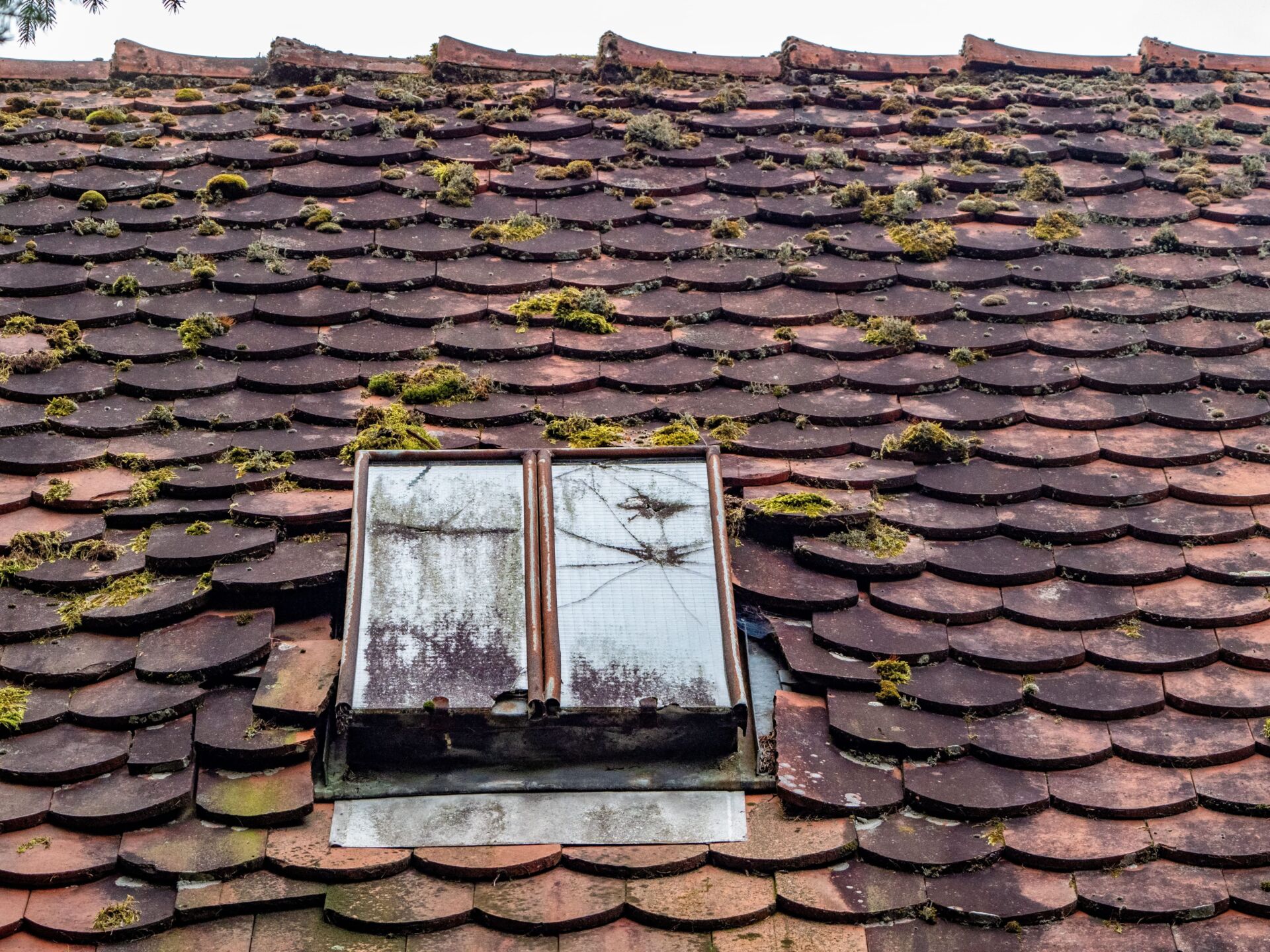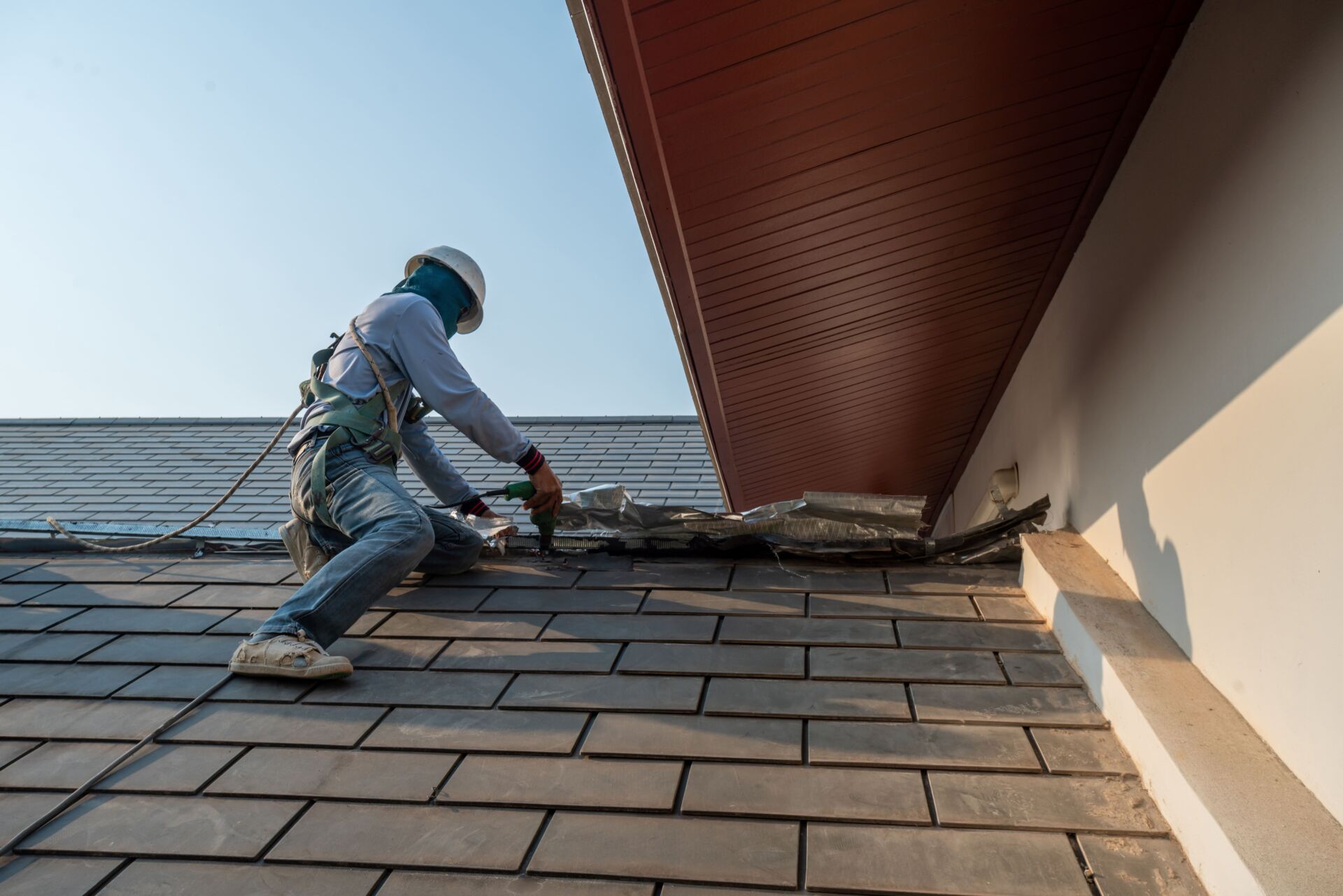This blog was originally published in September 2018 but was updated in February of 2021.
Winter can be a very challenging time for residents of Alberta, and I can recall at least once that a news article mentioned that it was “colder than Mars” outside. It is also the most challenging time for your roof system. Snow can build up on the roof and, under the right conditions, can freeze and thaw over the course of a day cycle. So, when a stain suddenly appears along with the ceiling or wall, it is very easy to blame what is happening outside as the cause of leakage. Attic rain, however, is caused by conditions inside the home. Most commonly, roofing systems that suffer attic rain have no problem at all with the exterior.
What Is Attic Rain?
At its simplest, attic rain is a ventilation issue. Warm, moist air will rise up entering the attic space and form frost on the surface of the decking before it can ventilate outside the home. Vents can become blocked with snow or frost, which complicates the process. The source for this moisture is most commonly steam from cooking in the kitchen or from the bathroom shower. The frost will melt very rapidly if the weather significantly warms up, and if the moisture cannot ventilate fast enough this becomes what we call attic rain. In southern Alberta, Chinook winds can become a major instigator of attic rain as temperatures can rise very quickly in a short period of time.
Damage Caused by Attic Rain:
- Staining — Unattractive water damage can leave a mark that is often hard to repair or replace.
- Sagging Deck — The roof deck can be saturated with moisture, causing it to weaken. Under the weight of snow, this can lead to noticeable sagging. In severe cases, the decking can rot away entirely which poses a major threat to the overall ability of a roof to shed weather.
- Electrical — Water running around light fixtures and other electrical devices is a major concern. If you notice a leak around electrical equipment, use the breaker to cut power to that area until it can be safely inspected.
- Mold — Black mold is a toxic fungal growth found almost exclusively in human habitation that is extremely difficult and dangerous to remove. Many homes suffer from black mold for many years before it is identified, potentially poisoning the air with toxic spores. If you have black mold as a result of attic rain, at least you have identified it and can now take steps to improve conditions.
How Can I Prevent Attic Rain?
Always ensure you run a ventilation fan when you are using the bathroom or kitchen and keep the fan running an extra bit longer after you are finished. Another way to prevent attic rain is to not run a humidifier if your indoor humidity is between 30%-50%. Ask a roofing professional if your home has sufficient ventilation. Often the addition of more vents or turbines can substantially improve your defense against attic rain. Have a roofing professional inspect the soffit areas to ensure there is positive airflow from the base to the peak of the attic. Keep your roof as clear of snow as possible by safely using a snow rake, or hiring a roofing professional to assist.
Why Are More Homeowners Dealing with Attic Rain Lately?
At A. Clark Roofing & Siding LP., our roofing contractors have noticed that part of the reason why attic rain is becoming more common is that it is more likely to occur in today’s newer and more energy-efficient homes. New construction homes in Calgary, Edmonton, and throughout Alberta are far more airtight and do a much better job at trapping moisture and warm air inside. This is why many new homes have a whole-house ventilation system that exchanges all of the air inside of the home with outside air.
If your home does not have this system or if you don’t run it often enough, then you could end up with attic rain.
Have Your Roof Inspected by Trusted Alberta Roofers
If you’ve taken some steps to try preventing attic rain but you still notice water stains on your ceilings and walls, then you will require roof repair. It is crucial that you have your roof inspected by an experienced and knowledgeable roofer to prevent further water damage.
The only real solution to attic rain is to ensure that your attic is properly ventilated with the correct number and location of roof vents and soffits. Roof vents draw air out of the attic while soffits bring in air from the outside, allowing the air to circulate. Proper attic ventilation helps regulate moisture levels and temperature, preventing the formation of attic rain.
At A. Clark Roofing & Siding LP., our experienced roofing contractors can provide you with a thorough roof and siding inspection. We will then offer you a free estimate for correcting any roof, siding, or attic ventilation issues that may be causing attic rain.
